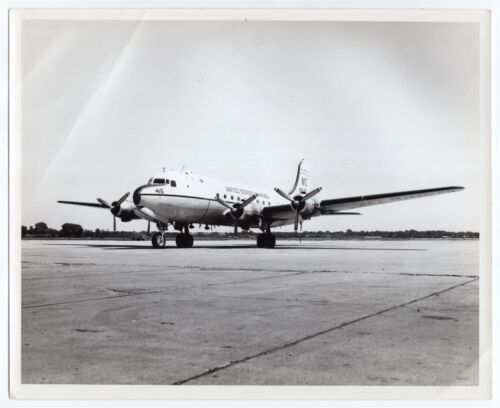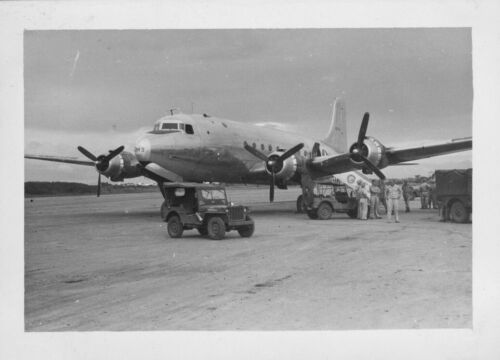Snautzer01
Honourably banned
- 42,932
- Mar 26, 2007
DC4-E NX18100 Registration Details For NX18100 (Japan Maritime Self-Defence Force (JMSDF)) DC-4-E - PlaneLogger United Airlines

Last edited:
Follow along with the video below to see how to install our site as a web app on your home screen.
Note: This feature may not be available in some browsers.
Ad: This forum contains affiliate links to products on Amazon and eBay. More information in Terms and rules
I believe the reference for this is wrong. It shows the aircraft delivered in 1940 and eventually dismantled. The "JAPAN MARITIME SELF-DEFENCE FORCE" did not come into existence until the 1950s.
This was an artist conception of a civilianized XB-42.... also, two DC-8s.
The first was a twin engine, counter-rotating pusher prop. Like the DC-4E, it was projected to be higher performance, but more of a maintenance hog.
Actually, a new design with very few parts commonality. If you compare the two, not only is there a big size difference, but none of the component parts are the same, and wing is low wing, vs. shoulder wing.This was an artist conception of a civilianized XB-42.


Note in this USMC C-54 (actually R5D when pix was taken) that there is a pole dangling from the tail skid.Nr 415 USMC Marine
View attachment 731236
View attachment 731237

WW2 USMC Marine C-54 Transport 8x10 Original News Photo | eBay
Find many great new & used options and get the best deals for WW2 USMC Marine C-54 Transport 8x10 Original News Photo at the best online prices at eBay! Free shipping for many products!www.ebay.com